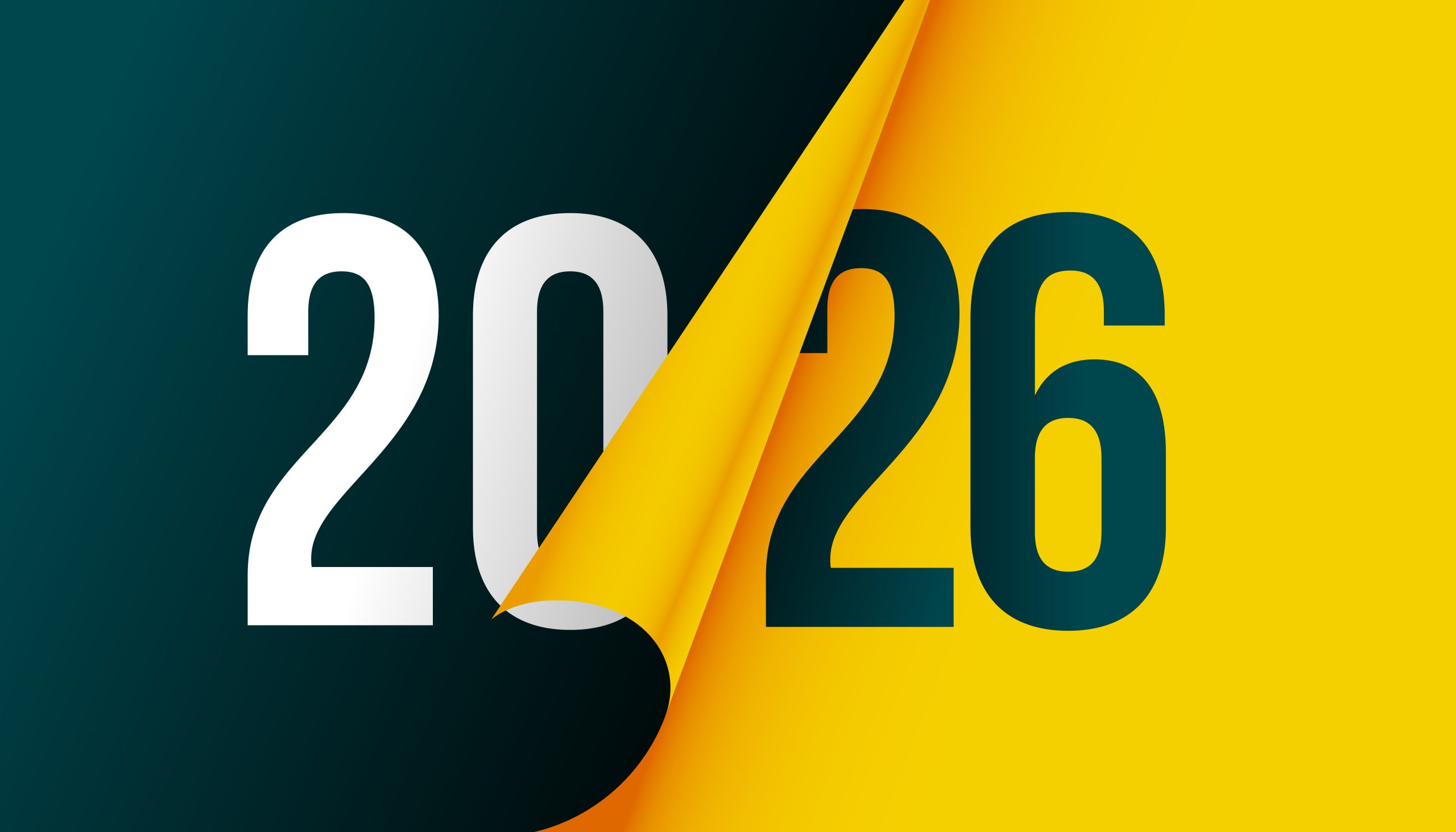Whether you’re a corporate executive, an entrepreneur juggling multiple projects, or a freelancer navigating deadlines, achieving work-life balance isn’t just about working less—it’s about working smarter and living with intention.
In today’s hyper-connected, always-on world, the lines between work and personal life are more blurred than ever.
Yet, the struggle is real. Many professionals experience burnout, disengagement, and declining productivity due to work-life imbalance.
The good news?
Both individuals and organizations can take actionable steps to cultivate a sustainable, fulfilling lifestyle.
The Real Cost of Work-Life Imbalance
Workplace burnout is not just a trending topic—it’s a serious issue affecting both individual well-being and organizational success.
According to the World Health Organization (WHO), burnout is classified as an occupational phenomenon caused by chronic workplace stress that hasn’t been effectively managed.
Corporate & Industry Case Studies: Learning from the Best
✅ Goldman Sachs: In 2021, junior analysts reported working 100-hour weeks, sparking debates about mental health in high-pressure industries. In response, Goldman Sachs introduced policies to reduce excessive workloads, highlighting the importance of work-life balance.
✅ Toyota’s Kaizen Approach: Toyota’s efficiency-driven production system reduces waste and streamlines processes, ensuring a balanced workflow that enhances productivity while minimizing stress.
Key Strategies for Work-Life Harmony
1. Set Clear Boundaries Between Work and Personal Time
Establishing firm boundaries prevents work from encroaching on your personal life.
🔹 Volkswagen: Implemented policies restricting after-hours emails for employees in Germany, leading to better work-life integration.
🔹 Salesforce: Introduced ‘Wellness Wednesdays,’ where employees dedicate time to self-care and mental well-being.
2. Master the Art of Prioritization
Not all tasks deserve equal attention. Utilize the Eisenhower Matrix to categorize and manage your workload effectively:
✔ Urgent & Important – Handle immediately (e.g., crisis management, major deadlines).
✔ Important but Not Urgent – Schedule proactively (e.g., strategic planning, professional development).
✔ Urgent but Not Important – Delegate where possible (e.g., routine administrative tasks).
✔ Neither Urgent Nor Important – Eliminate or reduce (e.g., excessive meetings, social media distractions).
🔹 Google’s 20% Rule: Allows employees to dedicate 20% of their time to personal projects, leading to innovative breakthroughs like Gmail and Google Maps.
3. Leverage Automation for Efficiency
Technology can reduce repetitive tasks, giving professionals more time for meaningful work.
🔹 Amazon: Uses AI-powered automation in warehouses to streamline operations and reduce employee workload.
🔹 Tesla: Automates manufacturing, allowing engineers to focus on design and innovation.
4. Time Management: Optimize Your Daily Routine
Time is your most valuable resource—protect it.
🔹 Microsoft Japan: Experimented with a four-day workweek, which resulted in a 40% increase in productivity while reducing employee stress and burnout.
5. Prioritize High-Quality Downtime
Rest isn’t a luxury—it’s a necessity for peak performance.
🔹 Arianna Huffington: Advocates for better sleep and mindfulness after experiencing burnout, leading to the creation of Thrive Global, a company focused on workplace well-being.
🔹 Nike & Google: Offer nap pods to help employees recharge during the workday.
Implementation Strategy: Small Steps, Big Impact
Achieving work-life balance is a gradual process. Start small and build sustainable habits:
📅 Week 1-2: Set a cutoff time for work emails and notifications.
📅 Week 3-4: Establish a morning routine focused on well-being (exercise, mindfulness, reading).
📅 Week 5-6: Implement a time-blocking system to enhance focus and prevent task overload.
Measuring Success: How to Know If It’s Working
Work-life balance looks different for everyone. Track your progress using these key indicators:
✔ Energy levels throughout the day
✔ Quality of sleep and recovery
✔ Satisfaction in personal relationships
✔ Productivity and creativity at work
✔ Overall happiness and fulfilment
When Challenges Arise: Adapt, Don’t Burn Out
Even with the best strategies, there will be moments when balance feels out of reach—tight deadlines, career shifts, personal challenges. During these times:
🔹 Communicate openly with managers, colleagues, and family members.
🔹 Adjust expectations temporarily rather than pushing yourself to the brink of burnout.
🔹 Seek support from mentors, coaches, or mental health professionals.
Remember: Work-life balance isn’t about perfection—it’s about making continuous progress.
Moving Forward: A Lifelong Commitment to Well-Being
Work-life balance isn’t a one-time fix; it’s an ongoing journey. Companies that foster a culture of well-being experience higher engagement, innovation, and employee retention. Individuals who develop sustainable habits enjoy greater success, resilience, and fulfilment.
Final Thought: The most effective work-life strategy is one that you can maintain long-term. Start small, track your progress, and celebrate your successes. A well-balanced life isn’t just possible—it’s essential for long-term success and happiness.
🔥 Ready to Take Control of Your Work-Life Balance?
📩 Share your favorite work-life balance strategies in the comments! Let’s build a community where productivity and well-being go hand in hand. 🚀💡
#WorkLifeBalance #ProductivityHacks #MindfulLiving #TimeManagement #CareerSuccess #MentalHealthMatters #WorkSmarter #EmployeeWellbeing









Leave a Reply